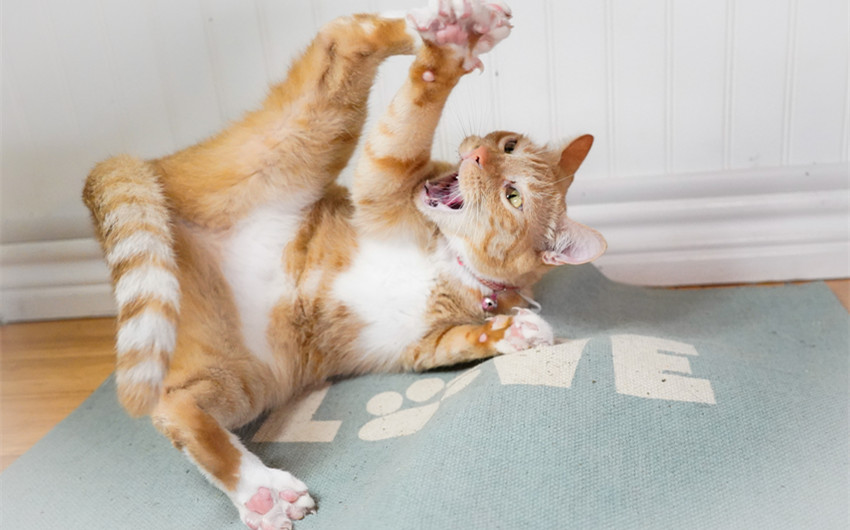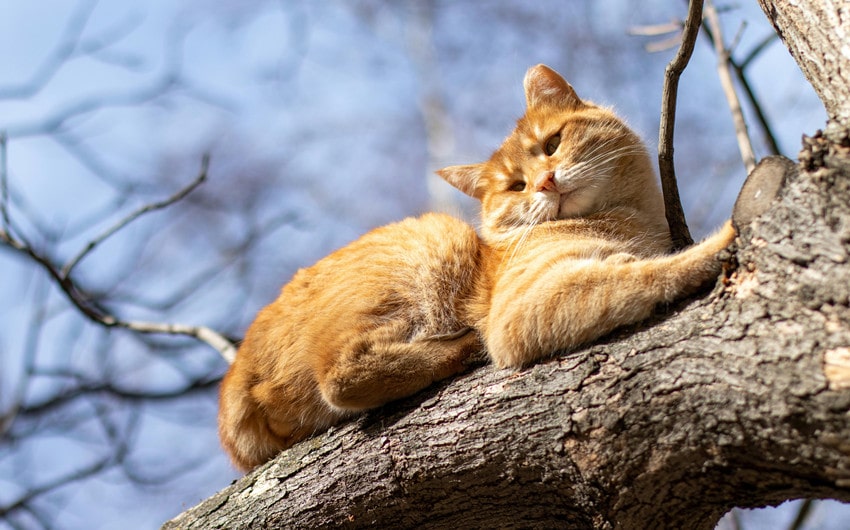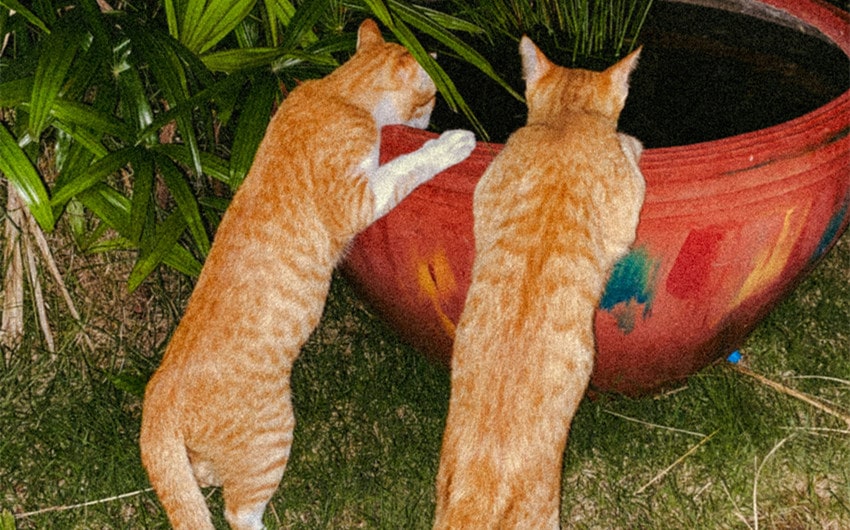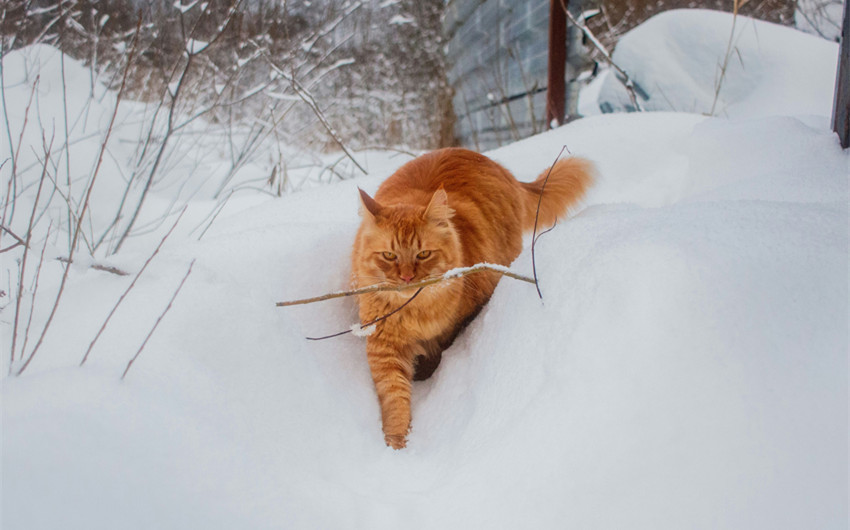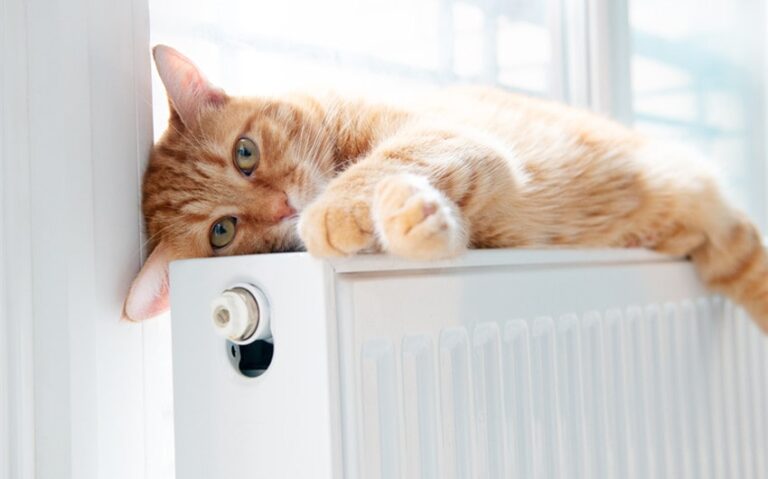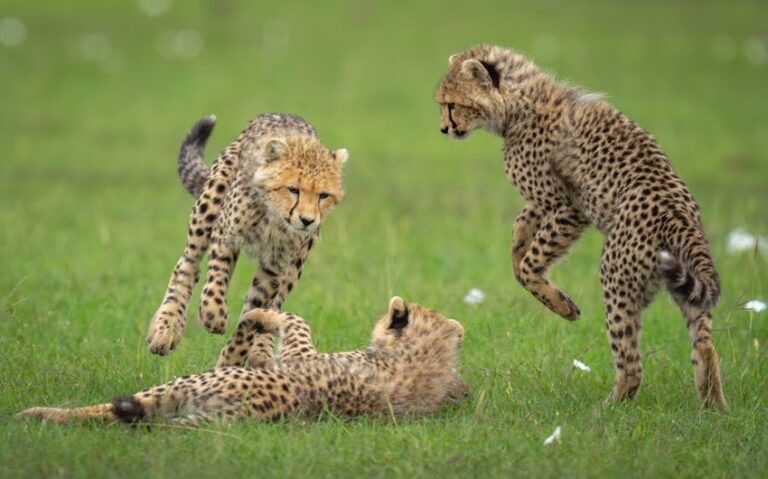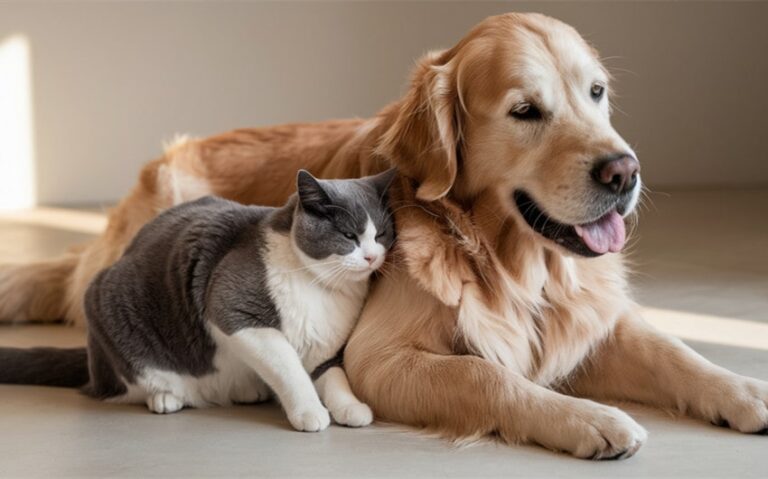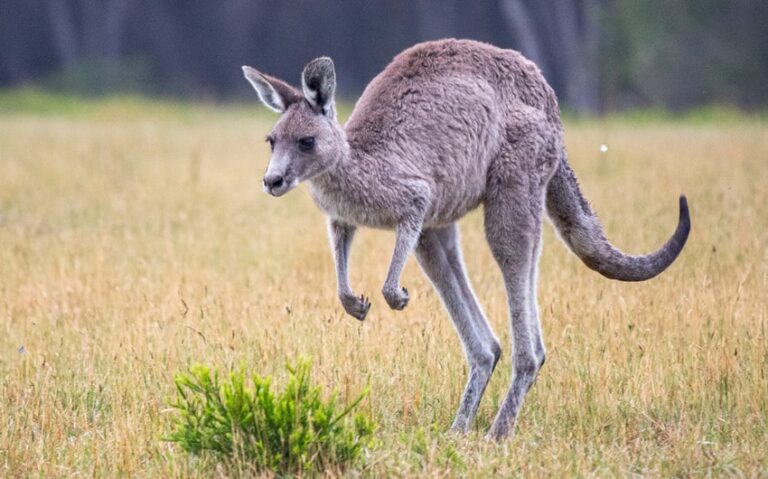Why Are Orange Cats So Crazy: 7 Reasons to Know
If you’ve ever owned an orange cat—or just scrolled through the internet—you’ve probably noticed they’re a special kind of chaotic. From knocking over glasses with zero remorse to meowing like they’re narrating a drama, these fiery-furred felines are full of surprises. It’s no wonder people keep asking, why are orange cats so crazy?
Whether you’ve got one curled up on your keyboard right now or you’re just curious about their legendary behavior, this article dives into the quirky charm, science, and stories behind the madness. Get ready to uncover what really makes these ginger troublemakers tick.
Reason #1: Genetics Play a Role
At the root of every orange cat’s bold presence is a bit of genetic magic. Their vibrant coloring comes from a gene linked to the X chromosome, known as the “O” gene, which produces the red pigment pheomelanin—the same pigment responsible for red hair in humans. Because the gene is sex-linked, it behaves differently in males and females: male cats only need one copy of the gene to be orange, while females need two. This is why roughly 80% of orange cats are male.
While the gene itself doesn’t directly cause wild behavior, genetics still play an indirect role. Male cats are more likely to exhibit certain traits—like increased confidence, assertiveness, or territorial instincts—that can make them seem more outgoing or, at times, downright mischievous. So while the fur color isn’t a behavior switch, it’s part of a larger biological puzzle that gives orange cats their distinctive edge.
Reason #2: Hormones and Gender Dynamics
Because the vast majority of orange cats are male, their behavior often reflects typical male feline traits—especially if they haven’t been neutered. Testosterone, the dominant male hormone, influences many behaviors in cats, including roaming, fighting, yowling, and marking territory. Even after neutering, some cats retain traces of these tendencies, which can manifest as energetic or unpredictable behavior.
It’s also worth noting that male cats in general tend to be more social and attention-seeking than females. This combination of hormonal influence and social boldness often leads orange cats to act in louder, funnier, or more dramatic ways than their calmer counterparts. To many cat owners, this just reinforces the belief that orange cats march to the beat of their own drum—sometimes quite literally, at 3 a.m., across your kitchen counter.
Reason #3: Breed Background and Personality Types
Orange isn’t a breed—it’s a color. But that color shows up more often in certain breeds known for big personalities. You’ll frequently find orange tabby coloring in Domestic Shorthairs, which are the most common breed in the U.S. They’re a mixed bag genetically, but many owners describe them as playful, affectionate, and full of spunk. Orange fur is also seen in breeds like Maine Coons, known for their goofy charm, and British Shorthairs, who carry a calm but confident presence.
What this means is that the orange coat may just be riding along with a personality that’s already naturally bold, curious, or energetic. While it’s not the color itself causing the chaos, orange cats often belong to breeds or mixes that are known to be outgoing and expressive. So when you combine a showy color with a lively breed? You get a cat that stands out in both looks and behavior.
Reason #4: Socialization and Environment
Just like people, cats are shaped by their early experiences—and orange cats are no exception. Kittens that grow up in stimulating, human-friendly environments tend to become more sociable and expressive as adults. If your orange cat was handled often as a kitten, exposed to playful interactions, or raised in a home full of activity, they likely learned to be comfortable—and even thrive—in the spotlight.
Many orange cats are also reported to be especially bonded with their humans. This may stem from positive early socialization, which can lead to more vocalization, physical closeness, and attention-seeking behavior. Rather than “crazy,” these behaviors could simply be signs of a cat who’s unusually in tune with their people. That connection might make them seem louder, clingier, or more demanding—but really, they’re just being social in their own feline way.
Reason #5: Pop Culture Reinforces the Stereotype
Orange cats have taken on a life of their own in movies, comics, and memes—sometimes literally. Thanks to cultural icons like Garfield, the lasagna-loving grump, and internet-famous cats like Jorts or “Heckin’ Orange Cat,” people have developed a certain expectation of how orange cats should act: lazy, dramatic, a little dense, or hilariously chaotic. These characters, often exaggerated for laughs, have set a tone that carries into how we view real-life orange cats.
The internet thrives on labeling quirky pet behavior, and orange cats have been unofficially crowned the clowns of the cat world. Once this stereotype was planted, every silly antic by an orange feline became proof of the myth. Whether they’re stealing bread, meowing mid-zoomie, or flopping dramatically on the floor, their every move gets filtered through the lens of “crazy orange cat energy.” In this way, pop culture doesn’t just reflect their behavior—it amplifies it.
Reason #6: Their Behavior Is Just More Noticeable
The truth is, orange cats might not actually be crazier—they’re just more memorable. Their bright coats make them stand out visually, so when they do something wild (which most cats do from time to time), it’s more likely to catch your eye. Add a bold personality or vocal presence to the mix, and it becomes nearly impossible to ignore them.
Even in a multi-cat household, the orange one often becomes the “main character.” People notice their antics more, laugh at them more, and talk about them more. Over time, this creates a loop: their behavior is spotlighted, shared, and remembered—making them seem more dramatic than their subtler, gray or black-furred siblings. It’s not necessarily that they’re wilder, but they sure know how to make an impression.
Reason #7: We Love Their Big Personalities
There’s something undeniably endearing about a cat with flair. Orange cats often come off as bold, dramatic, or downright goofy—but that’s exactly what makes them so lovable. Their expressive behavior, whether it’s crashing your Zoom call or chirping like a tiny lion, brings a level of charm and entertainment that many cat lovers adore.
These cats are also known for being affectionate and people-oriented, often forming strong bonds with their humans. Their “crazy” behavior might just be a way of seeking connection, play, or attention. Far from being a nuisance, their quirks can brighten a home, spark laughter, and turn an ordinary day into a story worth telling. Their big personalities, even when a bit chaotic, are often what make them family favorites.
